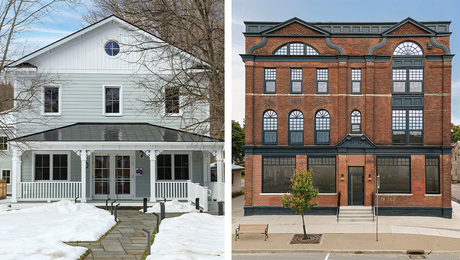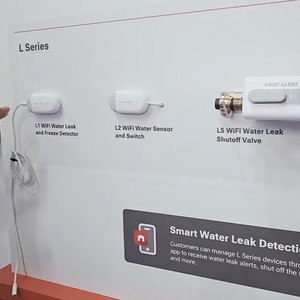Searching for logic in shower curb UPC requirement
UPC requires that a shower have a minimum 2 inch curb. This requirement apparently applies to all sizes of showers; whether you’re dealing with a 30×30 or a huge walk-in “party shower.”
I assume that the logic behind a 2 inch curb is two-fold: (1) to keep some water splash in the shower stall and headed toward the drain; and (2) as a temporary barrier in case the drain gets stopped up.
For a large trench-drain handicap accessible shower about 5 feet wide, however, it seems as though the 2 inch rule just doesn’t work. Adding an additional 3/4 inch curb on top of the 1 1/4 drop from the 1/4 inch to the foot rule just seems silly. It isn’t really needed for splash protection (and certainly not if you have a glass wall with door into the shower). The “plugged drain” scenario also seems silly, since there would be well over double the volume of space for water to back up before it “overflowed” at the shower entrance.
I fully appreciate the folly of seeking logic in all building codes, but I wondered if there were some alternative reason for a 2 inch curb, especially in the wide shower/linear trench drain scenario.
–Ken



















Replies
Saw them use a rollover rubber gasket as a curb on TV one time. Have no idea it it meets code where you are at but it seemed like an elegant solution to a wheelchair accessible shower. Would imagine it would be a replacement items every couple of years.
Shower Curb
UPC has a exception to that rule, all you have to do is claim it is a handicapped shower and If I remember the ADA maximum is 1/2 in.
To qualify for the exception, it would also have to meet the accessibility stds listed in Table 14-1, which includes stuff like control heights, grab bars, size, etc.